Bandwagon Appeal: Woo Buyers Onto Your Bandwagon with These Trust Signals
“He’s such a bandwagon.”
That’s what my 11-year-old son says when one of his friends claims to be a...

Testimonials are appeals from third parties designed to build trust in your brand. The term "testimonial" was popularized in advertising in the United States in the 19th century -- but the concept has been around much longer, and has only become more important to marketers over time. Today, including testimonials on your website is an important trust signal for earning credibility with your visitors.
In this post, we'll share:
In some ways, we can trace the concept of the testimonial to the work of Aristotle more than 2,000 years ago. Aristotle taught that a speaker's ability to persuade an audience is rooted in appeals to ethos (credibility), logos (logic) and pathos (emotion). Customer and influencer testimonials primarily persuade through ethos. The source providing them is key.
With testimonials, if it's not someone the audience can identify with, respect or believe, what they say doesn't matter. That's why the vague testimonial quotes on many websites (e.g., "Great product! -- Andrew K., marketing VP") have virtually zero impact.
Testimonials go back centuries. The word "testimonial" has been part of English usage since the 15th century, meaning "a statement given under oath" or a "written recommendation of someone's worth or character."
You can find testimonials, often in the form of published letters, in early American newspapers, touting everything from medicinal cures to farm products. In fact, these testimonial ads sometimes included the actual home address of the person leaving the testimonial. That's some serious ethos-building.
While website testimonials are like case studies in appealing first to ethos, testimonials tend to rely more on pathos while case studies are based on logos. It's a function of length more than anything else.
There's an old saying that "the more you tell, the more you sell," and certainly this is the approach of the case study. The case study shows a specific use case of your product or service, details the results delivered and goals met, and includes an endorsement from your customer. That's a logic-based appeal.
Testimonials, on the other hand, go for quick impact on people scanning your website. The most effective testimonial quotes speak to results, but do so in the context of the feelings those results produced. So the best testimonials persuade through emotion. This appeal can be communicated through words, but also with images --such as the expressive faces of your customers showing happiness, relief, joy or other emotions.
More than 70 percent of consumers say testimonials increase their trust in a business, and the more testimonials the better -- as studies show that a higher number of customer quotes correlates with a higher visitor conversion rate.
The form and function of testimonials vary based on their source. All demonstrate credibility to buyers in different ways, and all can appear as website trust signals or in online or offline advertising. These include:
As a form of celebrity endorsement, testimonials represent words directly from the celebrity's mouth in service to a brand. The first high-paid celebrity testimonials in the United States came from sports stars like Babe Ruth, who endorsed Old Gold cigarettes with the testimonial quote, "Old Gold's mildness and smoothness marked it 'right off the bat' as the best." Ruth claimed to have performed a blind taste test to arrive at this conclusion.
Celebrity testimonials tend to be most effective when the consumer believes the celebrity is an actual user of the product, rather than someone just doing it for the money. It also adds credibility when the product ties to the celebrity's line of work, such as sporting equipment for a professional athlete or beauty products for a fashion model.
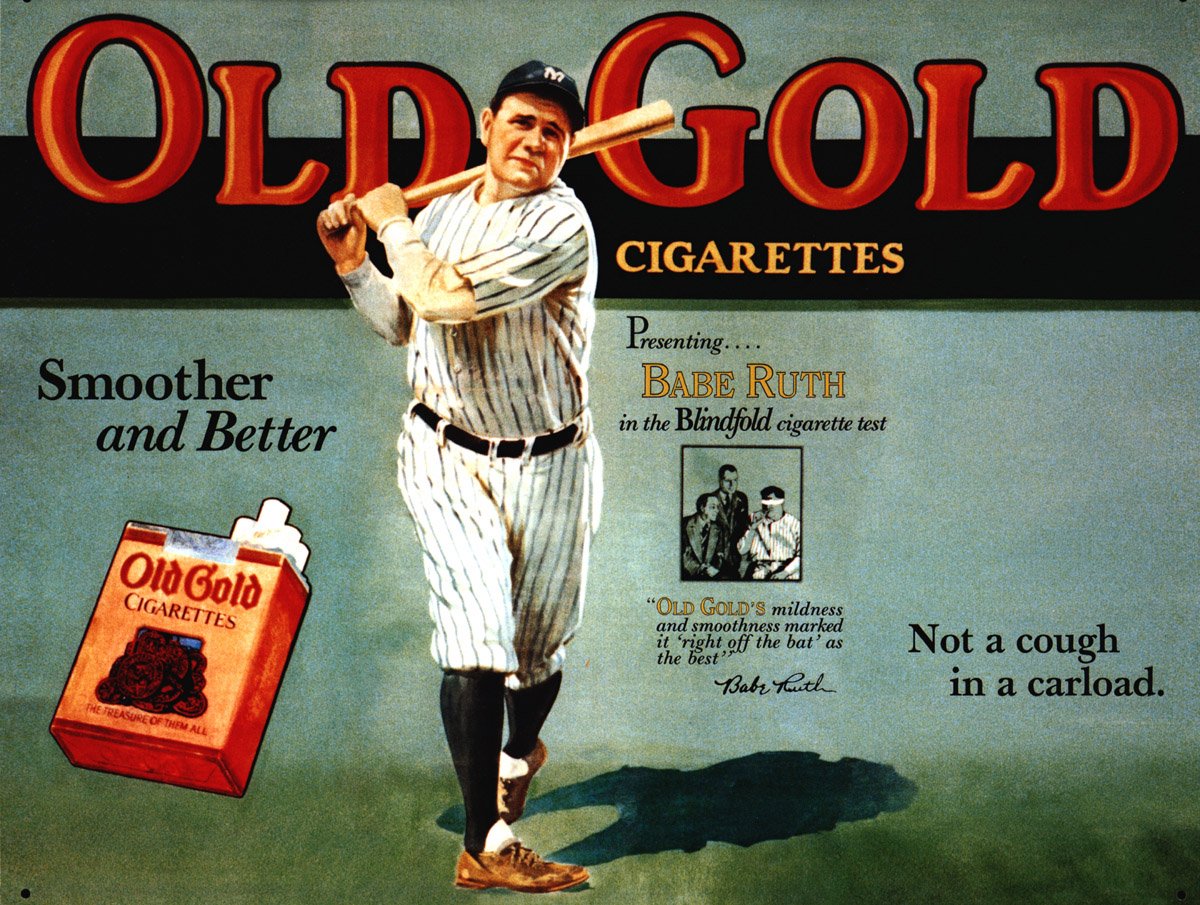
When many people think of an influencer, they picture camera-friendly 20-somethings documenting their glamorous lifestyles on TikTok or Instagram. And certainly these influencers can be effective in providing testimonials for beauty and lifestyle products, travel destinations and more. But the opportunities for influencer testimonials extend far beyond these examples, into virtually any industry niche, whether B2B or B2C. Finding the social media influencers whose testimonials can move the needle for your brand can help you reach your buyers in a targeted and credible way.
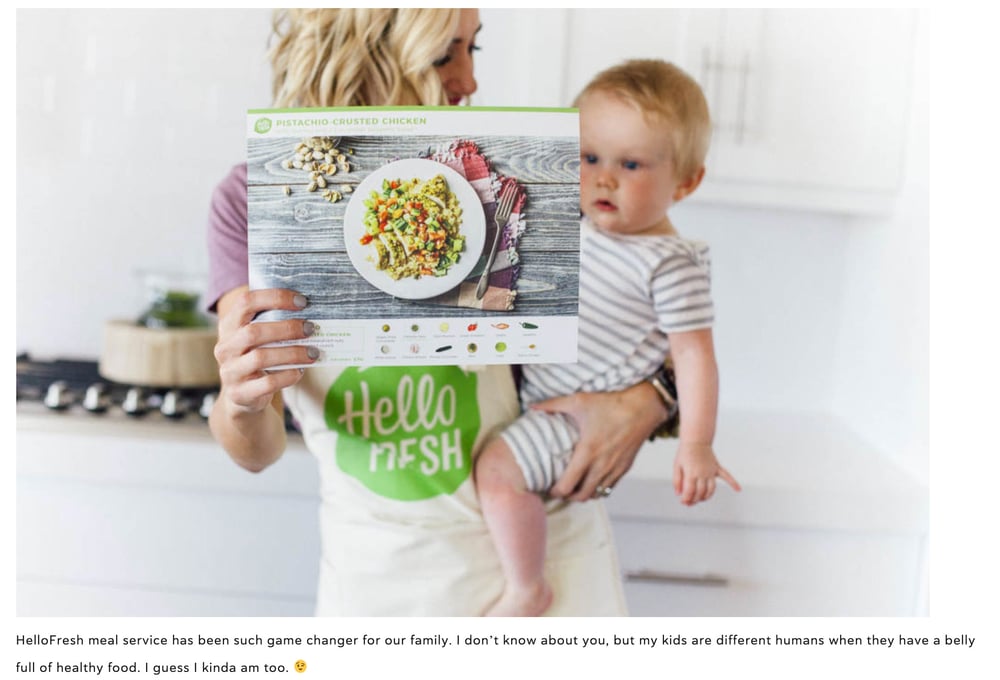
The "expert" in an expert testimonial can be a highly knowledgeable influencer—such as financial author Dave Ramsey, who endorses financial services providers with his RamseyTrusted trust badge. Or the expert's credibility may come by virtue of their role—a doctor wearing a white laboratory coat, for example. Expert testimonials can make buyers feel safer when they are buying a product for the first time.

The Pepsi Challenge began in 1975 as an advertising campaign in which Pepsi asked consumers to choose between Pepsi and Coke in a blind taste test. The campaign was so popular that it's since become synonymous with "man-on-the-street" testimonials, in which an interview subject is asked to try a new product and ends up endorsing it. While these testimonials offer the immediacy of witnessing the consumer's first experience with a product, they often carry less credibility because the brand conducting the test controls the results.

Website testimonials can be solicited directly in the form of first-party or embedded reviews. Unlike reviews that appear on third-party sites like Yelp or G2, first-party and embedded reviews appear on your own website.
Embedded reviews are views you pull in from third-party review sites by embedding them on your site. First-party reviews are reviews you collect yourself, typically in automated fashion during the online customer experience. They've been common on high-volume e-commerce sites for years -- but now restaurants, consumer brands and other businesses are getting in on the action.
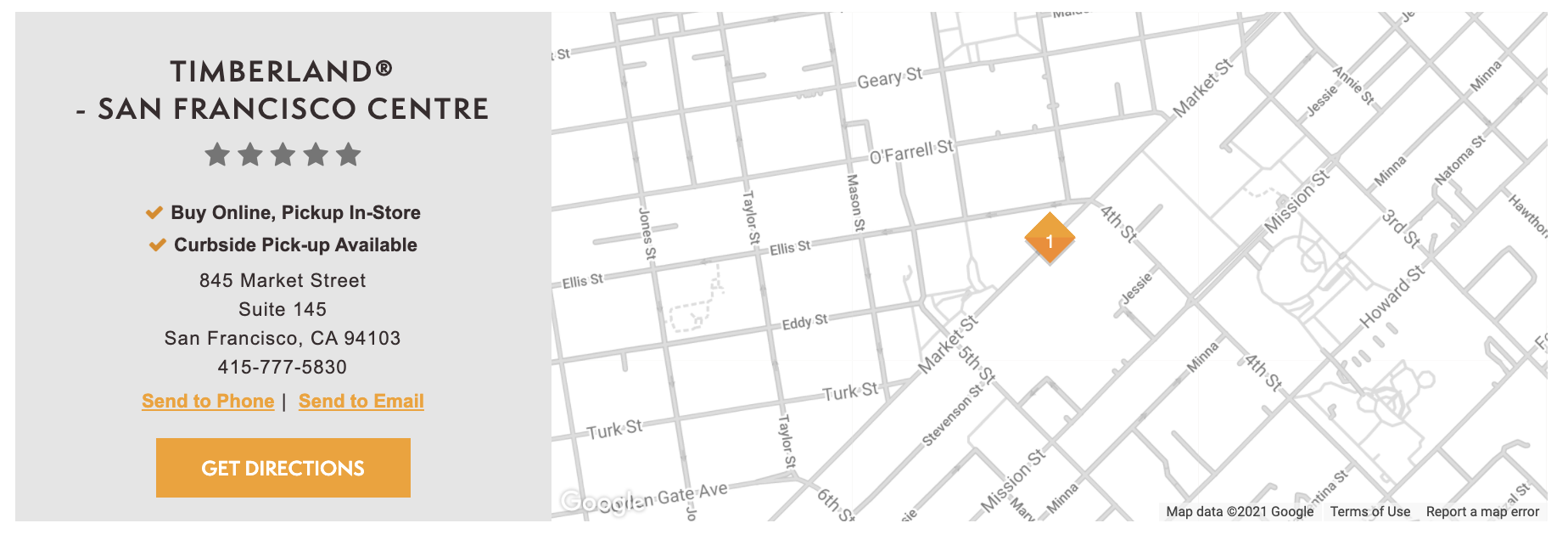

As powerful as testimonials from celebrities, influencers and experts can be, in general the most persuasive testimonials come from a product's customers, especially for B2B brands. For a visitor scanning your website, testimonials are a quick way to showcase your happy customers—and the more the merrier, to take full advantage of the bandwagon effect. Remember, however, that your testimonials will lose a lot of credibility if they do not include the customer's full name, company and (ideally) photo.
When you think of good customer testimonials, you might imagine comments full of positive adjectives like 'amazing' and 'incredible' regarding the product features. But a good customer testimonial is not necessarily one that is gushing with praise. Instead, it serves as a testament that the product or service does the job (i.e., fixes the customer's problem) you claim it does.
In other words, a good testimonial tells a story. One in which a relatable main character (the previous customer) overcomes a familiar challenge with the help of what you're selling. Customers will react to these narratives more effectively than they will to numbers and data because they will relate to the problems being discussed and see themselves in the story being told.
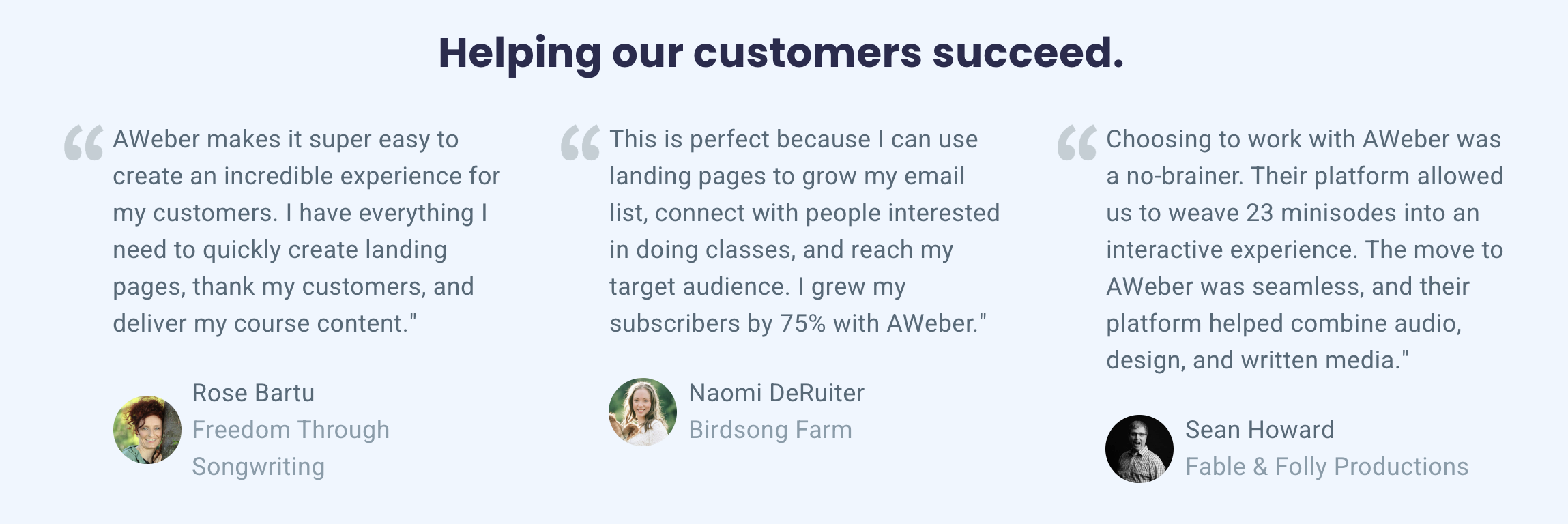
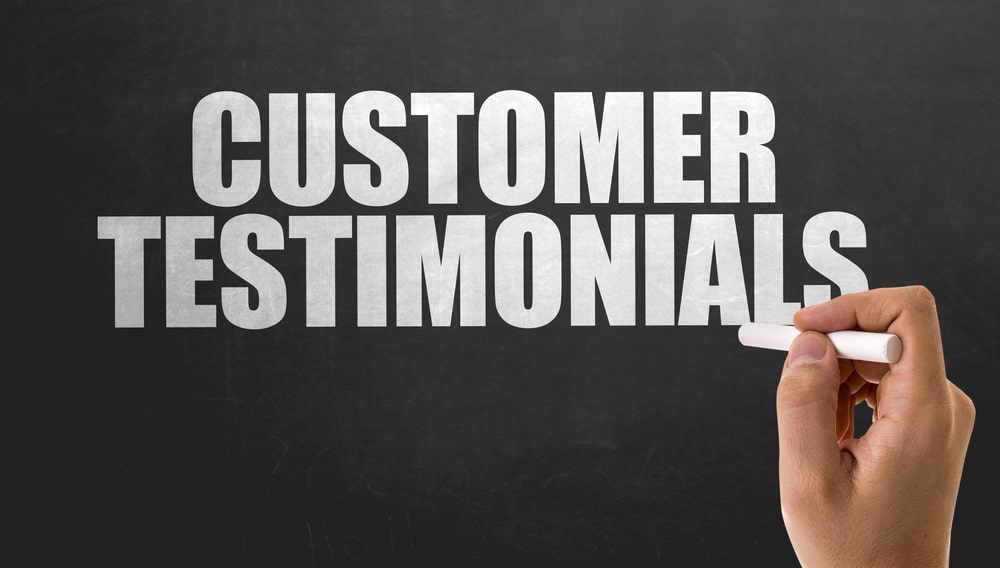
Now that you know the enduring appeal of the testimonial, what's a good way to begin incorporating testimonials in your own company's marketing program? The first step is to begin collecting them, starting with those buyers who best represent your ideal customer or use case.
Often, customers who are happy with a product or service will actively want to share their stories. Indeed, nearly half of customers say they would spread the word about a positive experience. All they need is the platform to do so and a little help to point them in the right direction.
Here are some tips for doing just that:
If you sell your product online, it's easy to include a review request in the user experience—whether for a Google review, review site review, or first-party review. If you're a brick-and-mortar business, you can simply include a request for a review on a table card in restaurants, or as a question the person at the register asks at the auto repair shop.
With many purchases, particularly in the B2B space, asking for a testimonial review at the time of purchase is premature. Customers need time to use and evaluate the product. For buyers like these, following up on a regular timetable with an NPS survey that measures the user's satisfaction level is important.
In addition to identifying issues you might want to address with customer service, an NPS survey reveals happy customers who you can ask for a testimonial or review. Just remember to keep Google's admonitions against review gating in mind in developing your workflow.
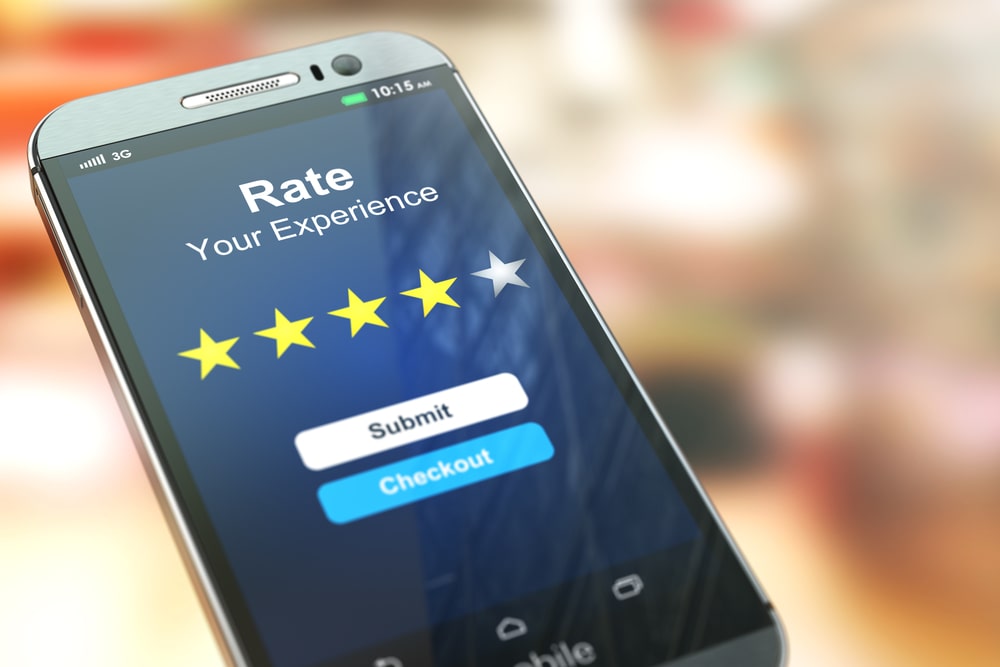
If collecting testimonials sounds burdensome or like something you might put off doing, it doesn't have to be if you set up automated testimonial collection on the front end. As a great example of this, read how customer analytics company Baremetrics does it.
Whenever someone does business with you, it never hurts to follow up with a friendly email asking them for feedback on their experience. But while this is an excellent way of sourcing testimonials, you won't want to leave emails too open-ended. Unless your customers are writers or salespeople, they may find it difficult to express why your product or service proved so helpful to them. Thankfully you can help them find the right words by asking the right questions via a questionnaire.
Here are some examples of the kind of questions you can ask your customers to obtain better-quality testimonials:
Whatever question you choose to ask, remember to focus on the customer's personal story and experience. Also, don't forget to ask permission to use their answers in your marketing materials.
5. Utilize Video and Images

The most effective testimonials go beyond the written word and integrate visual aspects. Putting a face to your testimonials can make them seem more trustworthy. So, adding a headshot of your customer (with permission) to their testimonial will always be beneficial.
Suppose you have a YouYube channel or other means of sharing video content. In that case, you can always ask previous customers to record themselves or give testimonials over video calling apps like Zoom or Skype. Most people have a decent digital camera on their phones or laptops these days, and some customers may find it easier to talk about their experience rather than provide a written record.
6. Optimize Your Digital Footprint
Perhaps the best way to source testimonials is to ensure your brand is easy to find and communicate with online. And having a well-maintained website and active email address that customers can easily discover is an excellent place to start.
Beyond that, social media sites are the next most crucial component to have in place. Official business pages, in particular, are helpful since these serve as a central hub where social media users can go to communicate with you and share their experiences.
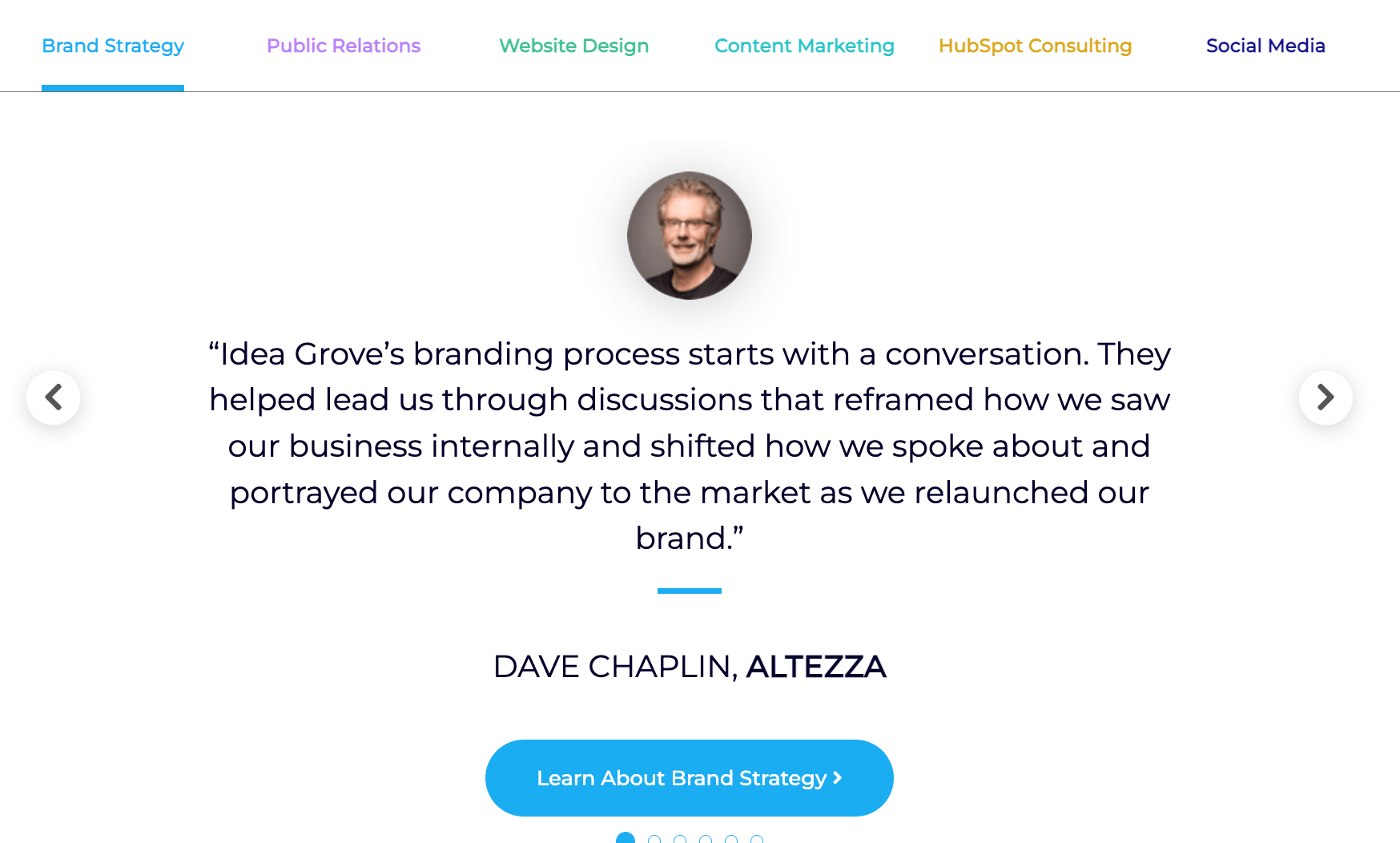
While you can guide your customers to some extent, there's no way to ensure that every testimonial will be perfect; even if it's positive, it might not contain the use cases or helpful details you are looking for. As a result, sourcing effective testimonials is often a numbers game. The more testimonials you obtain, the more likely you will find one worth showing to the world.
You should never alter your testimonials, even if you have permission from the source. Potential customers tend to see straight through a testimonial that isn't authentic. Of course, if there are glaring mistakes, you can always politely ask the customer to correct them.
Once you have testimonials that you are happy to show off, it's essential to display them where people are likely to see them. And your first point of call should be to create a testimonial page on your website to showcase your positive feedback.
Other places to showcase your testimonials include product description pages, your site's home page, social media, and anywhere where you feel the presence of social proof may sway your customer into moving a step closer to doing business with you. But wherever you place them, always be sure to attribute the sources of your testimonials.
Summary
You don't have to be Aristotle to recognize the power of testimonials from customers, celebrities, influencers and experts. People trust what other people say about you more than what you say about yourself—and testimonials are one of the best ways to showcase these third-party endorsements.
If you make it a breeze for your customers to relay their experiences back to you and provide them with all the tools needed to do so (and your product is up to scratch), then sourcing good testimonials will simply be a matter of keeping your eyes peeled. Just remember to be proactive in your communication with your customers regarding their feedback and showcase it in places where it will have the most significant effect.

Scott is founder and CEO of Idea Grove, one of the most forward-looking public relations agencies in the United States. Idea Grove focuses on helping technology companies reach media and buyers, with clients ranging from venture-backed startups to Fortune 100 companies.

“He’s such a bandwagon.”
That’s what my 11-year-old son says when one of his friends claims to be a...

Celebrity and influencer endorsements have been a powerful form of third-party validation for brands
Leave a Comment